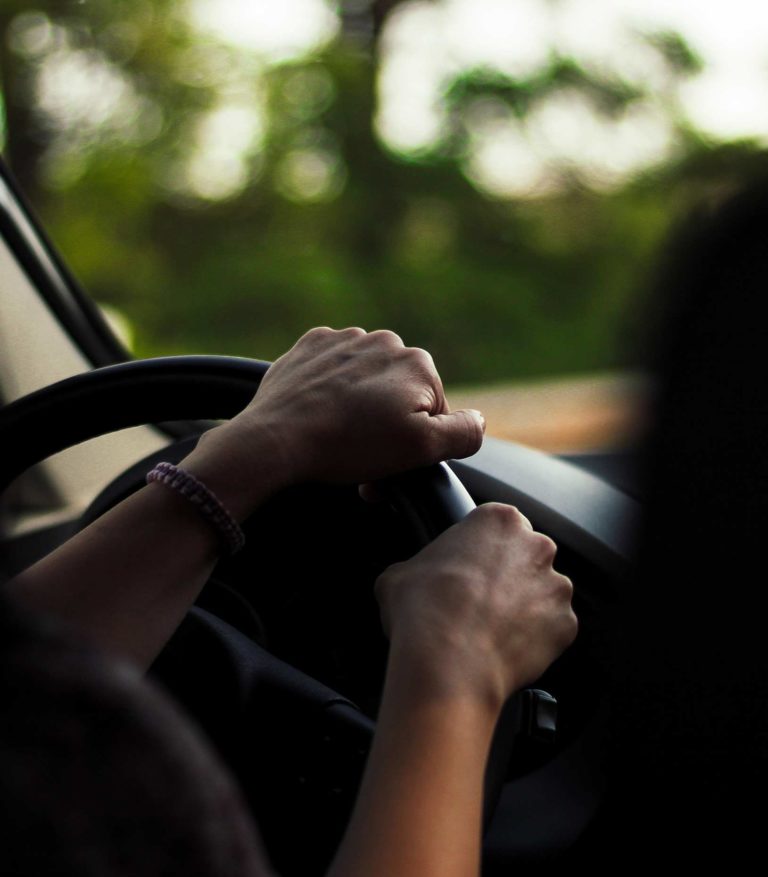West Palm Beach Chain Reaction Accidents

West Palm Beach residents may hear about pileups occurring on I-95 or other major roads and think of them as an inconvenience for traffic purposes. However, being involved in one of these types of accidents is often much more than that, and it can significantly affect a victim’s life as they cope with the emotional and physical recovery process. Additionally, these multi-vehicle accidents often become more complicated than those involving fewer parties, since each person involved may have a different account of what happened in the collision. The West Palm Beach car accident attorneys at Donaldson & Weston assist victims of chain reaction accidents in determining what their legal options are and pursuing those options so that they receive the proper financial support for their injuries. If you need legal guidance following a car accident, our attorneys are available to discuss your claims and help you with your next legal steps. Contact our office today to find out more about our services.
Chain Reaction Accidents May Cause Serious Injuries
Chain reaction accidents, also known as multi-vehicle collisions or pileups, occur when three or more vehicles strike one another in a string of rear-end crashes. These kinds of accidents are all too frequent on West Palm Beach roadways, especially during rush hour traffic, when drivers are in a hurry to get to work and so many vehicles occupy the roads. In 2016, for example, a seven-car pileup resulted in nine people being injured due to an accident occurring during the morning commute on I-95 at 45th Street. Okeechobee Boulevard and Jog Road have also been sites of recent chain reaction collisions, some of which have led to fatalities.
Since so many individuals and vehicles are involved in these types of accidents, determining fault can be more difficult and require a more extensive investigation as well as litigation. One or more drivers may be liable for a pileup, and other parties, such as a driver’s employer, may also be found accountable. Most often, at least one of the drivers involved in a car crash has acted negligently in some way. Negligence exists when an individual has breached their duty to act as a reasonable and prudent person would have acted, causing injuries and resulting in damages. For instance, in a chain reaction accident, often one of the vehicles is not traveling at a safe distance behind another vehicle. If it encounters slowed traffic or an unexpected stop, that vehicle may hit the vehicle in front of it, which then hits the vehicle in front of it, and so on.
More than one driver could be found at fault and share in the costs associated with a victim’s claims. If Driver A is speeding and hits Driver B, who slammed on their brakes unnecessarily, causing a chain reaction accident, those two drivers both may be found negligent. Under Florida’s pure comparative fault scheme of liability, either driver may still recover compensation from the other driver for injuries sustained due to their negligence. For instance, if Driver A is found 40 percent negligent, they can still receive 60 percent of the costs associated with their injuries from Driver B. Damages available to victims may include past and future medical costs, lost income, loss of earning capacity, and pain and suffering compensation.
Since so many individuals and vehicles are involved in these types of accidents, determining fault can be more difficult and require a more extensive investigation as well as litigation. One or more drivers may be liable for a pileup, and other parties, such as a driver’s employer, may also be found accountable. Most often, at least one of the drivers involved in a car crash has acted negligently in some way. Negligence exists when an individual has breached their duty to act as a reasonable and prudent person would have acted, causing injuries and resulting in damages. For instance, in a chain reaction accident, often one of the vehicles is not traveling at a safe distance behind another vehicle. If it encounters slowed traffic or an unexpected stop, that vehicle may hit the vehicle in front of it, which then hits the vehicle in front of it, and so on.
More than one driver could be found at fault and share in the costs associated with a victim’s claims. If Driver A is speeding and hits Driver B, who slammed on their brakes unnecessarily, causing a chain reaction accident, those two drivers both may be found negligent. Under Florida’s pure comparative fault scheme of liability, either driver may still recover compensation from the other driver for injuries sustained due to their negligence. For instance, if Driver A is found 40 percent negligent, they can still receive 60 percent of the costs associated with their injuries from Driver B. Damages available to victims may include past and future medical costs, lost income, loss of earning capacity, and pain and suffering compensation.
